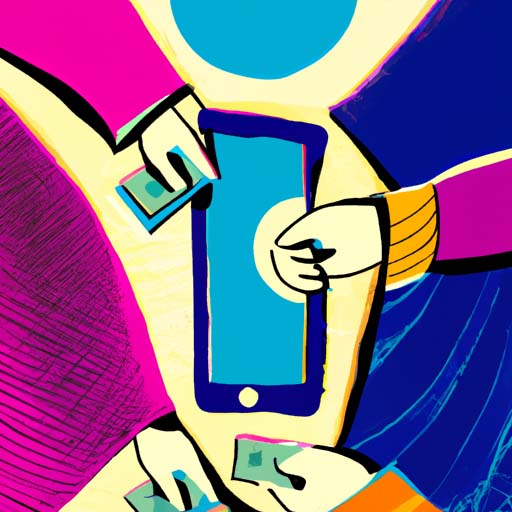TLDR:
- Researchers at the University of California have developed a new technology capable of detecting and tracking small drones in real-time.
- The system uses a combination of data from radio-frequency (RF) signals and a camera-based visual tracking system.
Researchers at the University of California have developed a new technology that can detect and track small drones in real-time. With the growing popularity of drones and their potential use for malicious activities, this breakthrough could provide a critical defense against unauthorized and potentially dangerous drone flights.
The system developed by the researchers combines data from radio-frequency (RF) signals and a camera-based visual tracking system to accurately detect and track drones. By analyzing the RF signals emitted by drones, the technology can differentiate between drones and other objects in the sky, such as birds or flying debris. This ability to distinguish between drones and other aerial objects is crucial for efficient and precise tracking.
One of the key challenges in drone detection is the ability to accurately track them, particularly in urban environments cluttered with buildings, trees, and other obstacles. The camera-based visual tracking system used in this technology addresses this challenge by providing a complementary sensing modality to the RF signals. By using advanced computer vision algorithms, the system can precisely track drones and predict their future trajectory.
The combination of RF signals and visual tracking enables the system to provide real-time information about the drone’s position, speed, and direction of travel. This information can be invaluable for authorities to quickly respond to unauthorized drone activities, potentially preventing incidents such as privacy breaches, security threats, or accidents.
The researchers tested the system in various scenarios and found it to be highly effective in detecting and tracking drones. In one test, the technology successfully located and tracked a drone flying at a distance of 100 meters. Even in challenging scenarios with multiple drones flying simultaneously, the system demonstrated its capability to accurately track each individual drone.
This technology has significant implications for drone security and regulations. As drones become more widely used, the potential risks associated with their misuse also increase. Unauthorized drone flights near airports, restricted airspace, or sensitive installations pose a threat to public safety and national security. The ability to detect and track drones in real-time can aid authorities in enforcing regulations, identifying operators, and mitigating potential risks.
In summary, the University of California’s new technology provides a robust solution for detecting and tracking small drones in real-time. By combining data from RF signals and a camera-based visual tracking system, the technology offers accurate and timely information about drones’ positions and movements. This breakthrough has significant implications for drone security and regulation, enhancing authorities’ ability to address potential risks associated with unauthorized drone flights.







